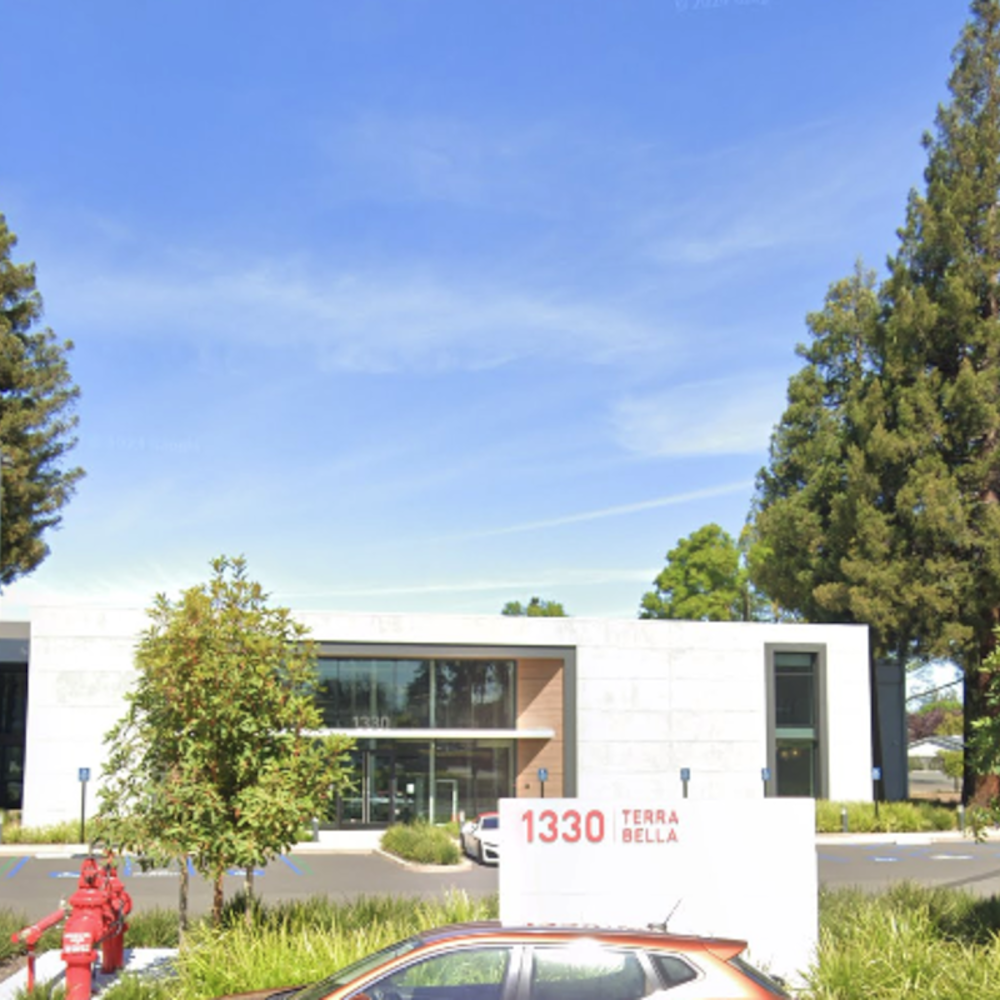
Ford County residents can breathe easy about their property assessments for another year. The Illinois Department of Revenue has announced that the county's final property assessment equalization factor, commonly referred to as the "multiplier," has been set at 1.0000, mirroring last year's figure. This is the standard that ensures property assessments are uniform across Illinois' various counties, affecting everything from school districts to fire protection services.
The Illinois Department of Revenue, helmed by Director David Harris, underlined the significance of the multiplier. Without it, disparate valuations could lead to palpable discrepancies in property taxes among comparable real estate. This year's announcement, as detailed in a recent release, foretells no dramatic shift in tax burdens—a status quo anchored by Ford County's consistent assessment practices.
In the Prairie State, a law from 1975 dictates that property should be assessed at a third of its market value. To maintain this, Ford County properties showed an assessment level of 32.90% of the market value, informed by sales from the previous three-year stretch. The aim of the game is equilibrium, where a 1.0000 factor signals an assessment at that optimal one-third mark. However, it's not farmsteads in the crosshairs of this calculation, as their valuation for tax purposes adheres to a different standard—one that looks at agricultural economic value.
This year's affirmation of the 1.0000 multiplier followed public scrutiny, standing unchanged since its tentative proposal on March 20, 2024. It encapsulates an arithmetic simplicity—signs of no major upheavals on the immediate financial horizon for Ford County's taxpayers. Local taxing bodies are the puppeteers that pull the strings on property tax bills when they lay down their monetary needs to serve citizens. An uptick in assessments does not necessarily spell higher taxes unless these bodies call for more resources than the year prior.
Yet, this narrative of constants does not diminish the importance of an individual property's assessed value. Each property's slice of the tax pie hinges on this figure, independent of the multiplier's steadiness. Rather, the real fluctuation occurs in the halls of local governance, where decisions on service funding have the truest impact on one's tax bill. For more details on this year's assessment equalization factor, visit the Illinois Department of Revenue's announcement here.









